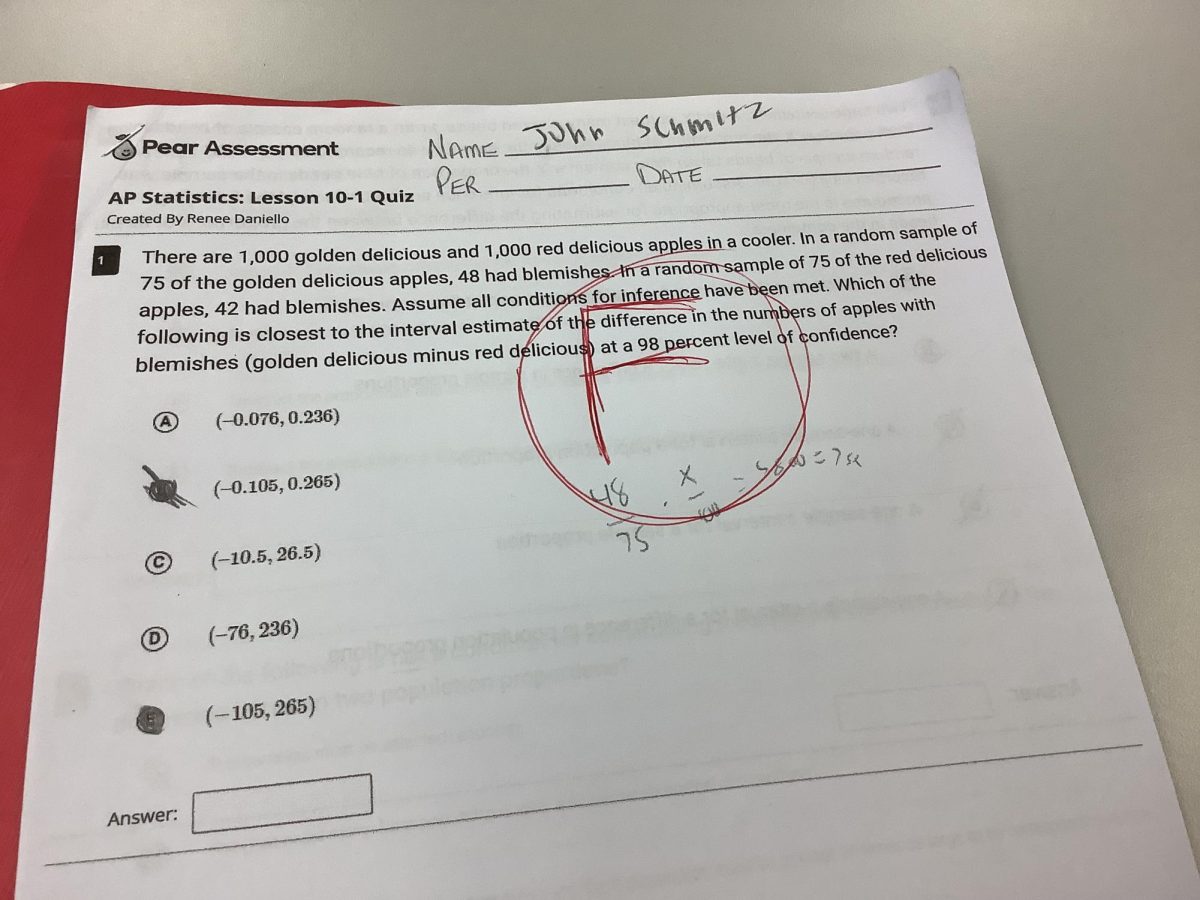“The biggest single, best predictor of how someone’s going to vote in American politics now is education level,” says Doug Sosnik, longtime Democratic strategist.
It’s evident that less educated voters tend to favor the Republican party, while more educated voters lean Democrat.
The quality of education, particularly in how we assess the progress of our students, is under threat by the Trump Administration. Budget cuts to the Department of Education are limiting perhaps our most useful tool to combat the education crisis in America: standardized testing. We need testing to compare student progress nationwide and allocate resources accordingly.
Immediate effects are already apparent. The National Assessment of Educational Progress (NAEP) is considered the gold standard for national testing. The education secretary, Linda McMahon, even used NAEP data in her testimony to congress. Budget cuts have forced the NAEP to cancel a long-term trend study on 17-year olds, just a week after saying the Trump Administration claimed, “the recent round of cuts would not impact the NAEP.”
But the most drastic consequence will be from the long-term effects of crippling the federal government’s ability to gather data on students. The Institute of Education Sciences now has fewer than 20 federal employees, down from over 175 at the start of Trump’s second term, according to Jill Barshay of The Hechinger Report. The IES is responsible for gathering this data.
These standardized tests are important to educators because they provide invaluable feedback on students’ deficits and greater trends in education. Standardized testing provides a benchmark for parents to evaluate how well their children are doing academically, a task that can be difficult with ever-increasing grade inflation. When kids are graduating from high school and colleges without basic literacy and math skills, standardized tests are needed to help right this wrong.
There are some success stories, however. The so-called “Mississippi Miracle,” how Mississippi went from 49th in 2013 to 21st in 2022 for reading scores, is a particularly high-profile example. What these success stories have in common is the use of standardized testing to identify struggling students, and give them extra support early on before the problem compounds. Trump’s budget cuts will lead to a less educated America – full stop.
Proponents of Trump’s budget cuts believe that the Department of Education is a prime example of bureaucratic bloat in the American government. Nicole Russell, a columnist for USA Today, cited “schools [in the] clutches of federal bureaucrats” and the 268 billion dollar budget of the Department of Education as her main gripes. Notably, she doesn’t mention that the Department of Education only made up around 2% of the federal budget. Or that the budget cuts of 800 million only accounts for .03% of the Federal budget. In short, these common talking points are smoke and mirrors to obscure the deprivation of basic education.

